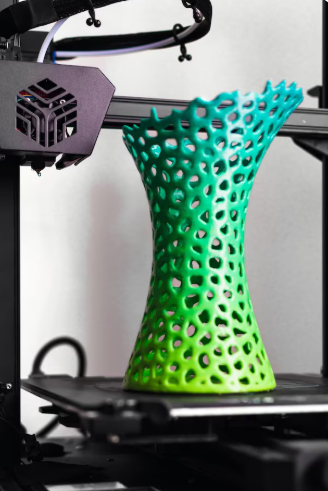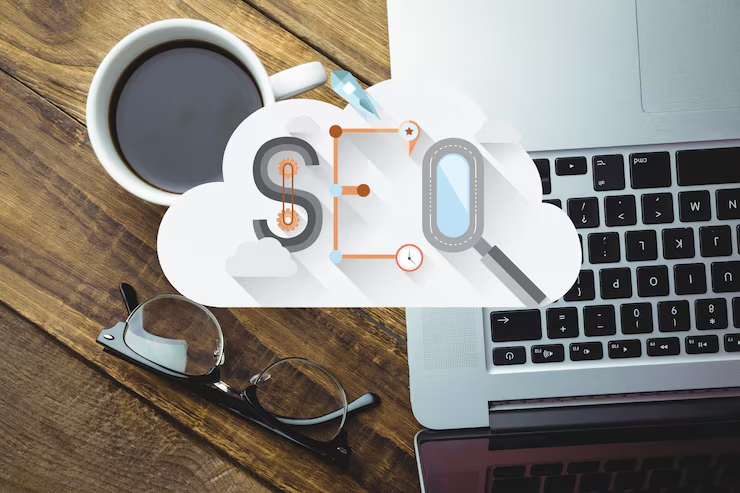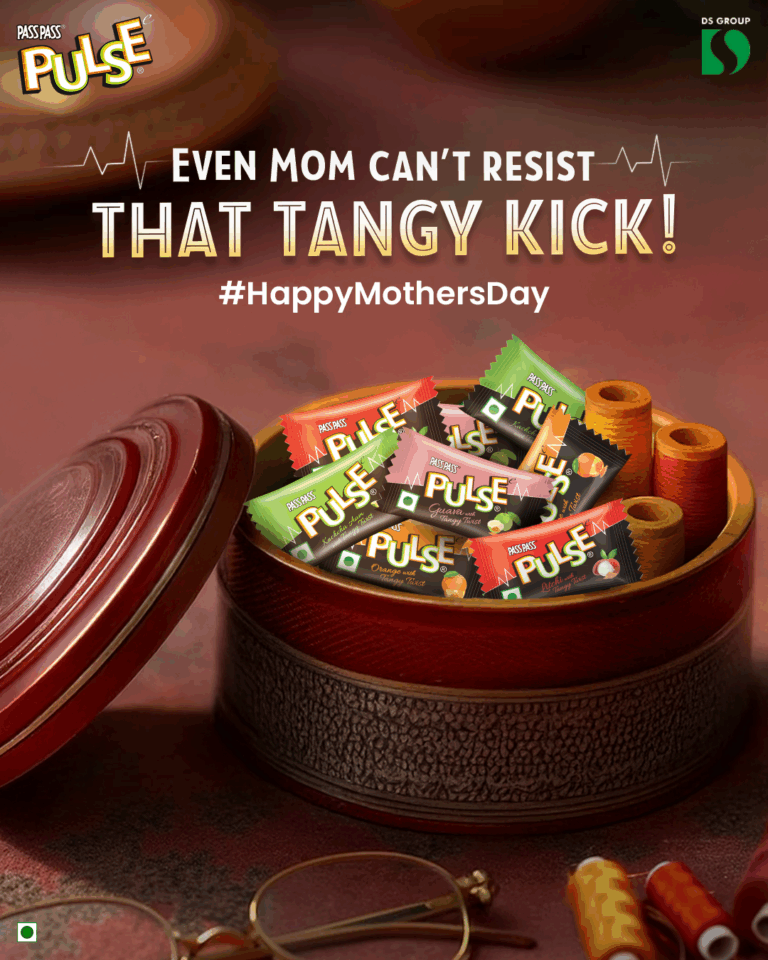3D Printing for Small Businesses: How It Can Help You Scale Quickly
In today’s competitive marketplace, small businesses need innovative ways to reduce costs, improve production efficiency, and accelerate time to market. 3D printing, or additive manufacturing, offers small businesses a unique opportunity to scale quickly without the need for large capital investments or complex production setups. By utilizing 3D printing, small businesses can enhance their product development, reduce production time, and offer customized solutions to their customers—all of which can contribute to faster growth and market differentiation. In this article, we will explore how 3D printing can help small businesses scale quickly and efficiently.
- Cost-Effective Prototyping and Product Development
For many small businesses, especially startups, one of the biggest challenges is the high cost of traditional prototyping and product development. Typically, creating prototypes requires significant upfront investment in tooling, molds, and machinery. This can be a barrier to entry, particularly for small businesses with limited budgets.
- Affordable Prototyping: 3D printing allows businesses to create prototypes at a fraction of the cost of traditional methods. With 3D printing, businesses can quickly design, print, and test prototypes without the need for expensive tooling or molds. This means that small businesses can experiment with multiple design iterations without incurring significant costs.
- Faster Iteration: Traditional prototyping can take weeks or even months, while 3D printing can produce prototypes in a matter of hours or days. This rapid turnaround allows small businesses to iterate on their designs much faster, ensuring they can fine-tune their products before committing to larger-scale production.
- Low-Risk Product Development: With 3D printing, small businesses can create small batches of prototypes or finished products, enabling them to test customer demand before committing to large production runs. This lowers the financial risk associated with product development and allows businesses to validate ideas before investing heavily.
- Small-Batch and On-Demand Production
For small businesses, large-scale manufacturing can be costly and inefficient. Traditional methods of mass production require large quantities of materials, setup costs, and extensive lead times. However, 3D printing enables small businesses to produce small batches or even on-demand products without the need for expensive and time-consuming molds or tooling.
- On-Demand Manufacturing: 3D printing enables businesses to produce only the items they need when they need them. This on-demand production reduces waste, lowers inventory costs, and helps small businesses avoid the financial burden of overproduction. Businesses can print parts, products, or accessories only when customer demand requires them, leading to more efficient operations.
- Low-Volume Production: Traditional manufacturing methods often require large quantities of parts to be cost-effective. However, with 3D printing, small businesses can produce low-volume runs of highly customized products without worrying about the cost of molds, tools, or assembly lines. This is especially valuable for businesses that focus on limited-edition items or niche markets.
- Customization: 3D printing makes it easier for small businesses to offer custom products or personalized services. Whether it’s custom jewelry, personalized gifts, or made-to-order parts, 3D printing allows businesses to easily create unique products tailored to the needs of individual customers. This customization can help small businesses attract more customers and differentiate themselves from competitors.
- Faster Time to Market
Time is of the essence for small businesses trying to grow and scale quickly. The ability to bring products to market faster can give small businesses a competitive edge, enabling them to respond to customer demand more quickly and gain market share.
- Rapid Prototyping and Testing: With 3D printing, small businesses can quickly produce prototypes, test them, gather feedback, and make necessary adjustments. The faster prototyping process allows businesses to bring new products to market more quickly and respond to trends and customer preferences in real-time.
- Shorter Production Cycles: Once a design is finalized, 3D printing eliminates the need for complex and lengthy manufacturing setups. Small businesses can skip the traditional tooling process and move directly from design to production. This reduction in lead time allows businesses to launch products faster, stay agile, and remain competitive in rapidly changing markets.
- Agility in Product Development: 3D printing allows businesses to test and refine products before committing to large-scale production. As consumer preferences change, businesses can quickly pivot and make modifications to their designs, reducing the time it takes to launch new or improved products.
- Lower Barriers to Entry for Manufacturing
Starting a manufacturing process traditionally requires significant investments in expensive equipment, factory space, and a large team. For many small businesses, these high upfront costs can be a significant hurdle. However, 3D printing lowers these barriers by offering an accessible and cost-effective alternative.
- Minimal Setup Costs: With 3D printing, small businesses do not need to invest in expensive manufacturing infrastructure like molds, tools, or machinery. The cost of 3D printers is continually decreasing, and businesses can often purchase a printer that suits their specific needs without breaking the bank. This allows small businesses to begin manufacturing products without the need for large capital investments.
- Space and Labor Savings: Traditional manufacturing often requires a large physical space and a team of employees to manage operations. 3D printing, on the other hand, requires far less space and can often be managed by just one or two people. This reduced overhead allows small businesses to focus on innovation and customer service rather than managing complex manufacturing processes.
- Lower Operational Costs: 3D printing helps reduce operational costs by eliminating many of the labor-intensive and time-consuming processes that are part of traditional manufacturing. Additionally, 3D printing can be done in-house, reducing reliance on third-party manufacturers, which can be more expensive and less efficient.
- Enhanced Innovation and Product Differentiation
3D printing allows small businesses to push the boundaries of design and offer unique products that stand out in the marketplace. Whether it’s through innovative features, personalized products, or new materials, 3D printing enables small businesses to differentiate themselves from competitors.
- Unique Designs and Customization: 3D printing gives businesses the freedom to create products with intricate designs that would be difficult or impossible to achieve with traditional manufacturing methods. Small businesses can develop distinctive products with unique features, such as custom shapes, textures, or patterns, giving them an edge over competitors.
- Customization Options for Customers: With 3D printing, businesses can offer highly personalized products that cater to the unique preferences of each customer. For example, custom-fit products, made-to-order items, and personalized accessories can be easily created, providing customers with tailored experiences that add value and increase loyalty.
- Exploring New Materials: 3D printing supports a wide range of materials, including plastics, metals, ceramics, and even bio-materials. This allows small businesses to explore new material possibilities and develop products with unique properties, such as lightweight, durable, or environmentally friendly materials. This flexibility enhances the ability to innovate and create products that meet niche market demands.
- Sustainability and Environmental Benefits
Sustainability is becoming increasingly important for businesses, especially as consumers demand more eco-friendly products. 3D printing offers several environmental benefits that can help small businesses operate more sustainably.
- Reduced Material Waste: Unlike traditional manufacturing methods, which often involve cutting away material from a larger block (resulting in significant waste), 3D printing is an additive process, meaning that material is only used where it’s needed. This results in much less waste and more efficient use of resources.
- Local Production and Lower Carbon Footprint: 3D printing enables businesses to produce products locally rather than relying on overseas manufacturing and long supply chains. This reduces transportation costs, lowers the carbon footprint associated with shipping, and promotes more sustainable production practices.
- Recyclable and Biodegradable Materials: Many 3D printing services offer eco-friendly materials, such as biodegradable plastics and recycled filaments, allowing small businesses to create environmentally friendly products. This can help businesses align with consumer demand for sustainable products while reducing their environmental impact.
Conclusion
3D printing offers small businesses an invaluable opportunity to scale quickly and efficiently, allowing them to prototype faster, produce on-demand, customize products, and reduce operational costs. By integrating 3D printing into their product development and manufacturing processes, small businesses can maintain flexibility, accelerate their time to market, and foster innovation—all while maintaining control over their production. Whether you’re looking to reduce costs, improve product quality, or differentiate your offerings in a crowded marketplace, 3D printing can provide a significant advantage as you scale your business






